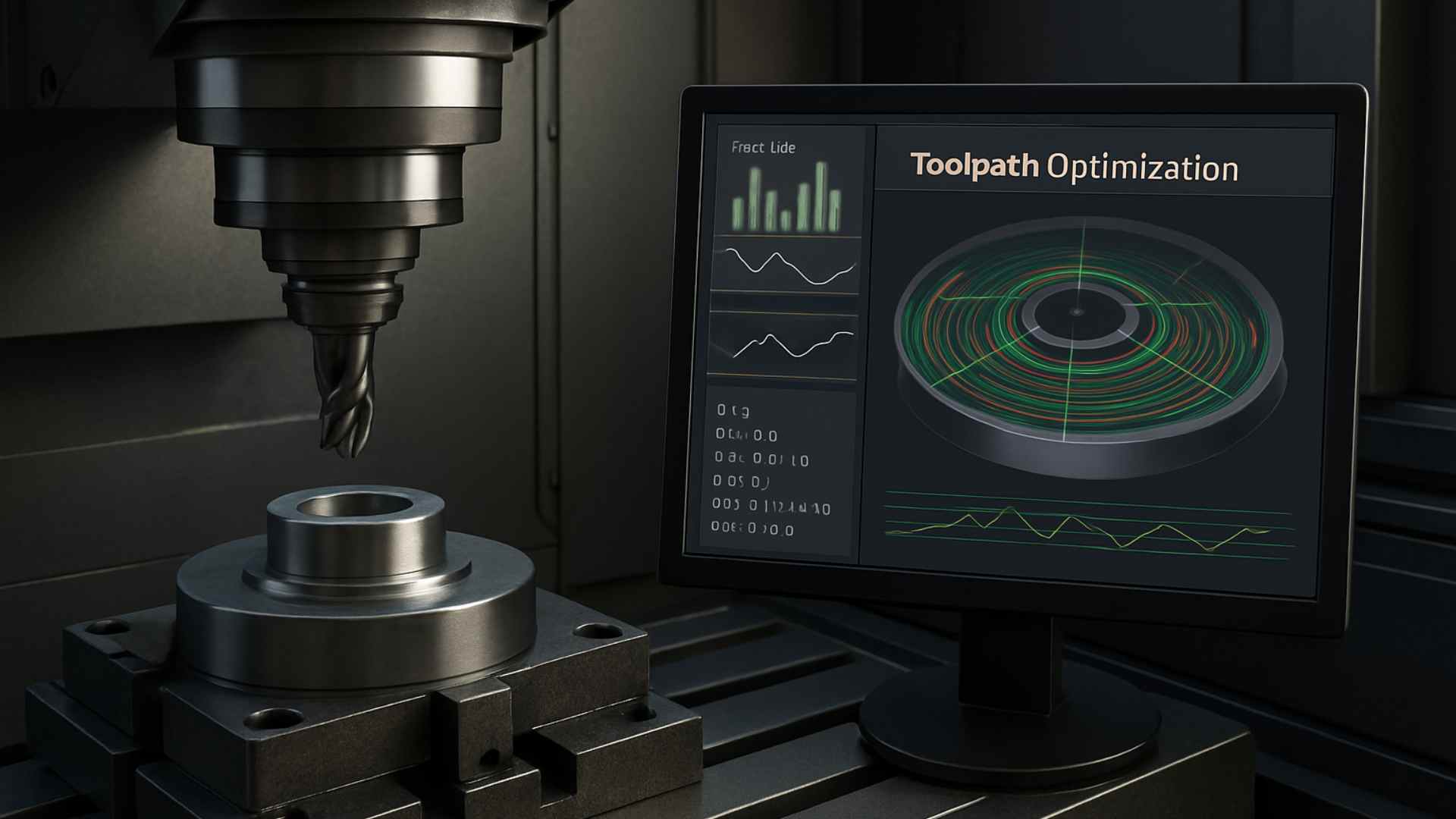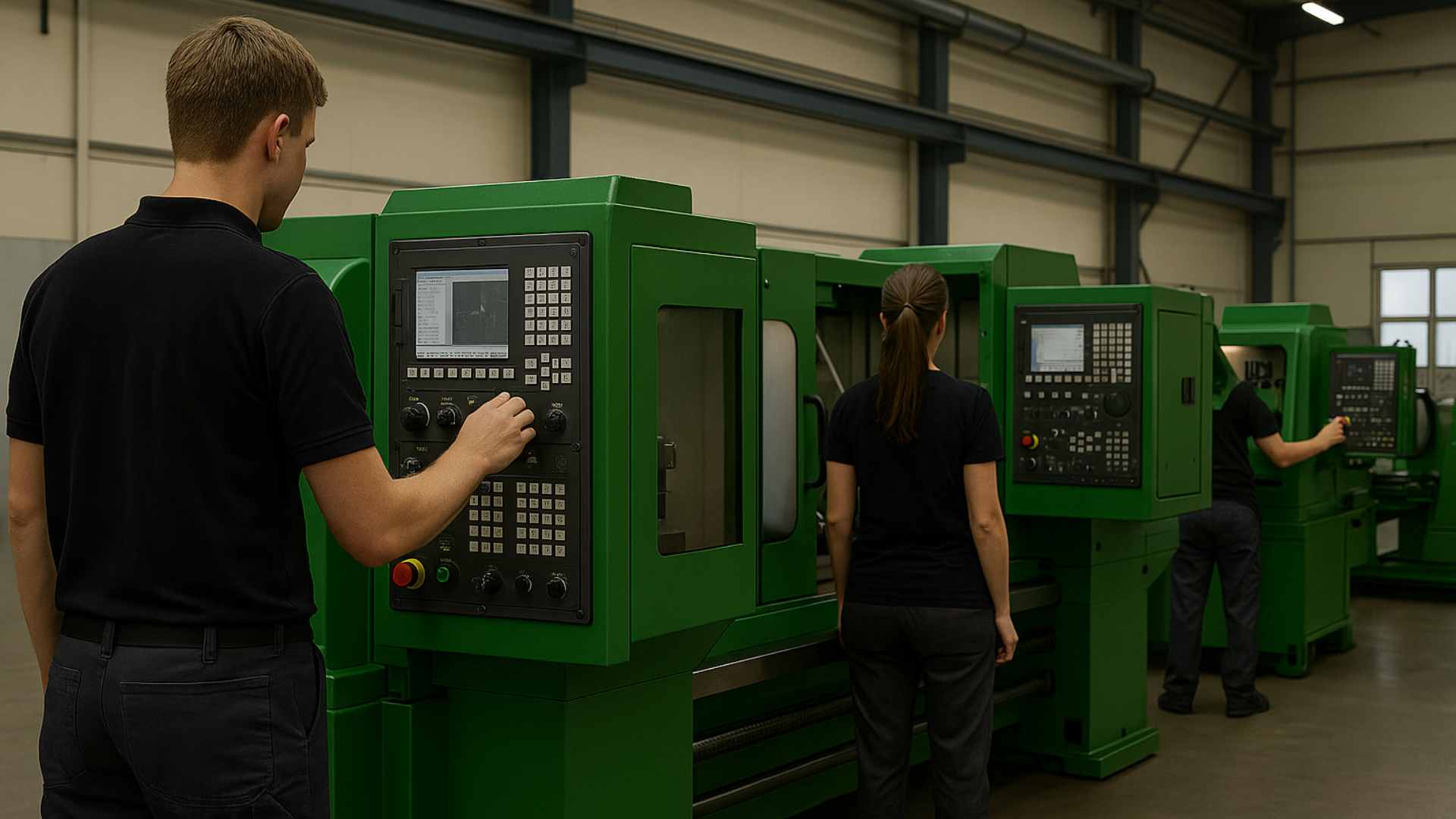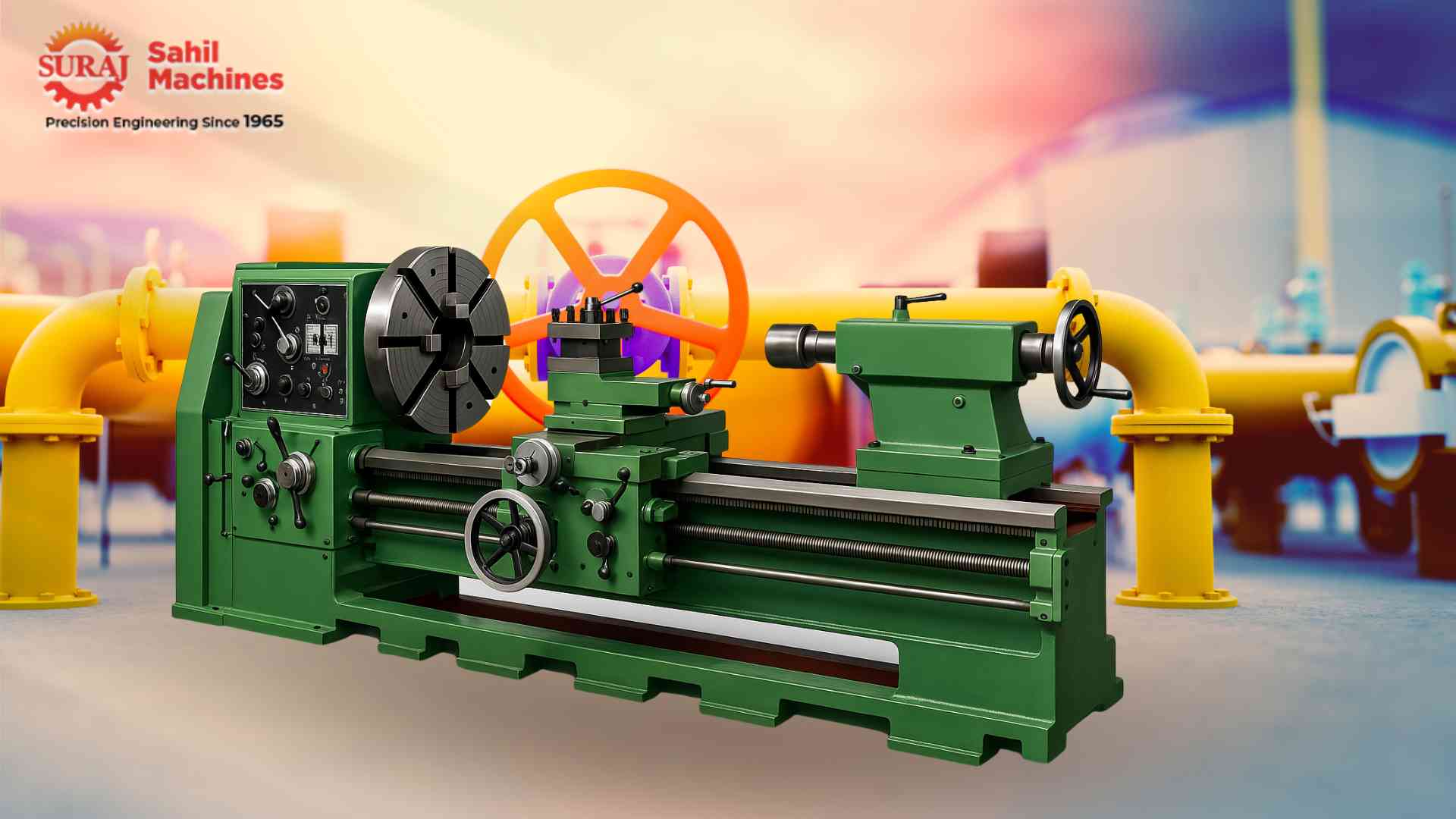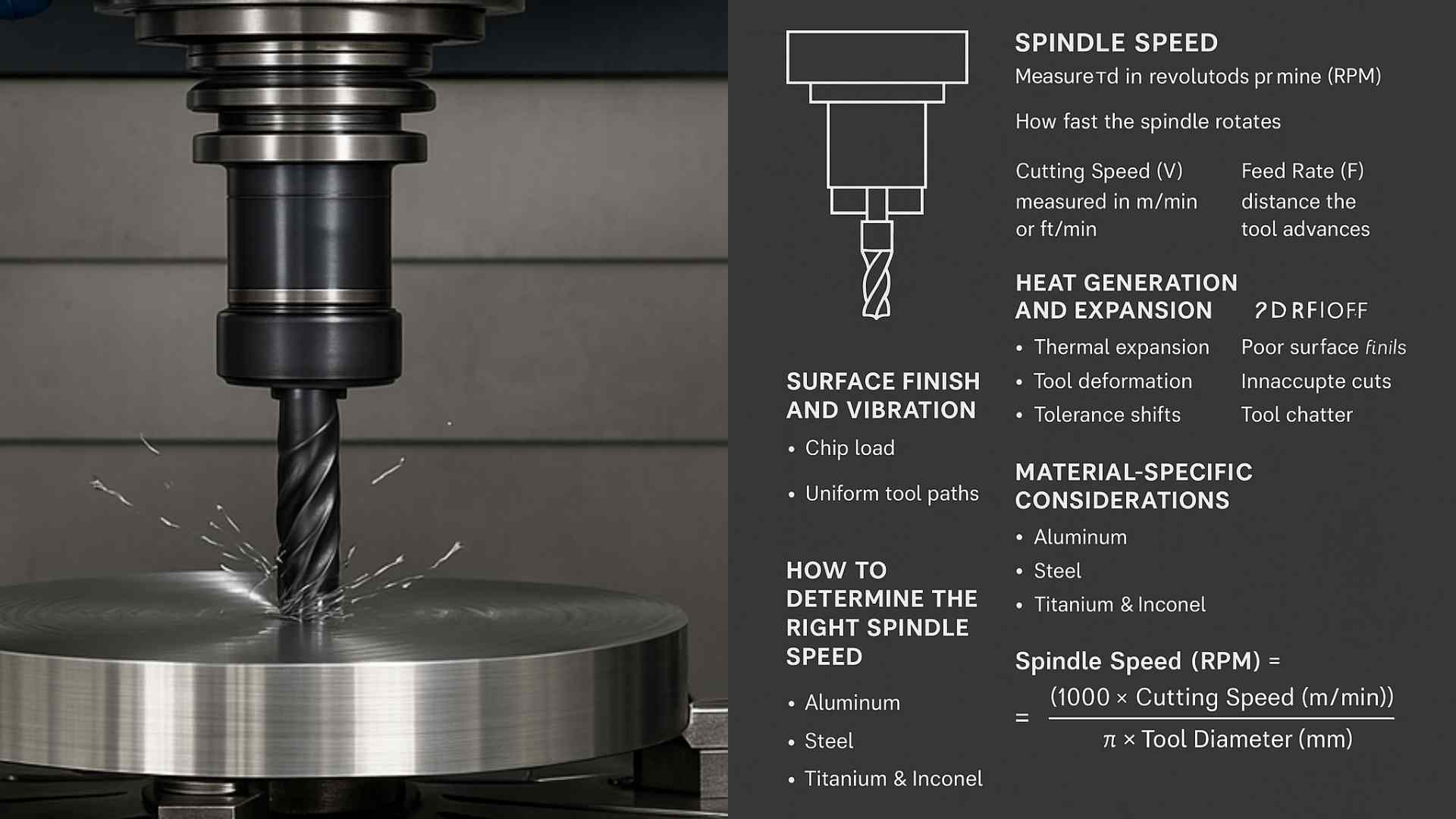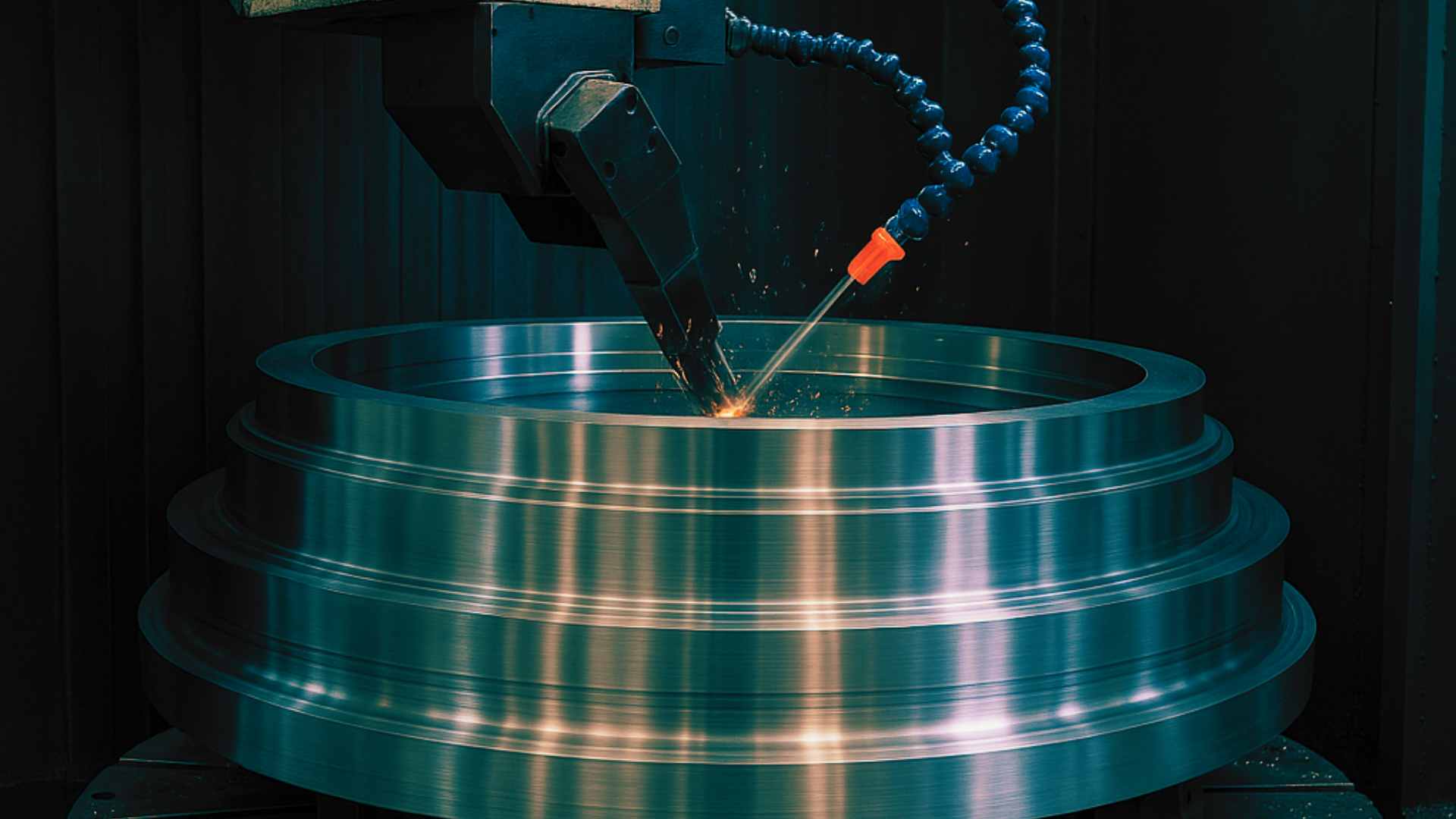How High-Pressure Coolant Systems Improve Tool Life in CNC Operations
High-pressure coolant systems are essential in CNC machining for extending tool life, reducing heat buildup, and improving cutting performance. Discover how these systems help enhance efficiency and precision in metalworking.
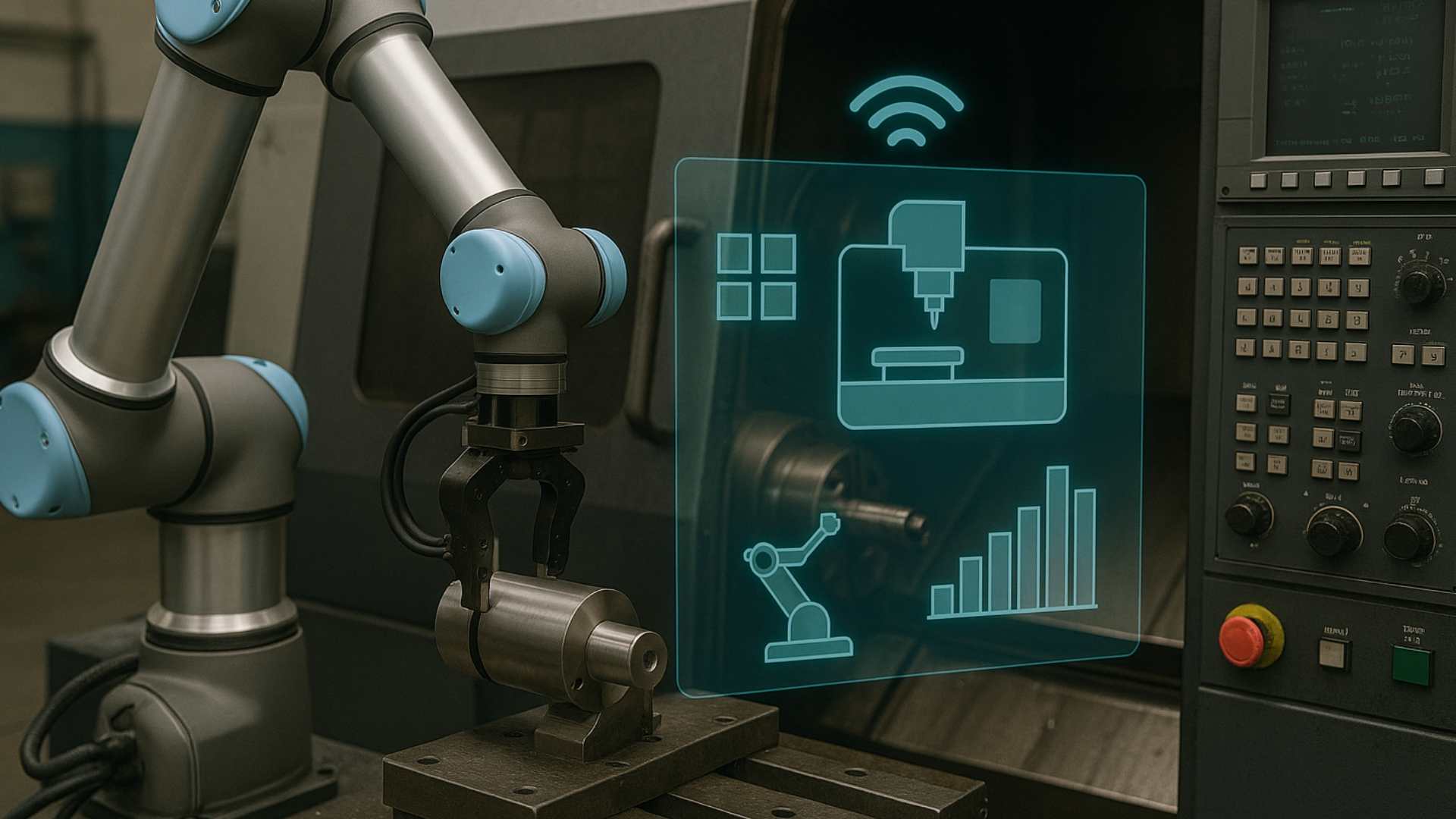
July 09, 2025
Share:
In the world of precision machining, the longevity and performance of cutting tools are critical to maintaining efficiency and reducing costs. High-pressure coolant systems (HPCS) have become an indispensable part of modern CNC (Computer Numerical Control) operations, playing a significant role in extending tool life and improving machining performance. These systems deliver coolant directly to the cutting zone with increased pressure, allowing for more efficient heat dissipation and chip removal, which ultimately leads to improved tool longevity and more precise results.
But how exactly do high-pressure coolant systems work to enhance tool life? Let's explore the benefits of these systems and why they are vital for the success of CNC operations.
What is a High-Pressure Coolant System?
A high-pressure coolant system is designed to deliver coolant (typically water-soluble fluid or oil-based) to the cutting tool and workpiece at significantly higher pressures than standard coolant systems. Unlike conventional coolant systems that use low-pressure delivery, HPCS applies coolant at pressures ranging from 1,000 psi to over 3,000 psi, depending on the application.
The primary goal of these systems is to address the heat generated during machining, reduce friction between the cutting tool and material, and improve chip removal efficiency. By focusing the coolant directly on the cutting edge and the material being machined, high-pressure systems prevent excessive heat buildup that can lead to tool wear and reduce the overall quality of the machining process.
Benefits of High-Pressure Coolant Systems in CNC Operations
1. Reduced Tool Wear
One of the most significant benefits of high-pressure coolant systems is their ability to reduce tool wear. During high-speed cutting, friction between the cutting tool and workpiece generates significant heat. This heat can cause the tool to soften, resulting in rapid tool degradation. High-pressure coolant systems direct coolant precisely to the cutting zone, effectively dissipating heat and preventing the tool from reaching excessive temperatures.
By cooling the cutting area more effectively, these systems slow down the wear process and extend the tool’s life, allowing manufacturers to achieve more parts per tool, reducing the frequency of tool replacements, and minimizing downtime.
Tip: Choosing the right coolant type based on material and cutting conditions can maximize the benefits of high-pressure systems.
2. Improved Heat Management
Heat is one of the primary contributors to tool wear and failure in CNC machining. As the cutting tool works, it generates heat, which can compromise its hardness and decrease its ability to cut efficiently. High-pressure coolant systems direct a steady stream of coolant to the cutting edge, helping to maintain consistent temperatures during machining.
This cooling action minimizes the chances of thermal damage, such as premature tool failure due to heat checks, and allows the tool to maintain its cutting ability throughout the process. As a result, manufacturers can maintain faster cutting speeds and higher productivity without sacrificing tool integrity.
3. Enhanced Chip Removal
In CNC machining, efficient chip removal is crucial to maintaining the cutting tool’s performance. Chips that remain in the cutting zone can create a range of problems, from tool breakage to poor surface finishes. A high-pressure coolant system helps remove chips more effectively by flushing them away from the cutting area. This prevents chip buildup that could otherwise cause damage to the tool or workpiece.
In addition to keeping the cutting area clear, the efficient removal of chips reduces the likelihood of chip re-cutting—a process where leftover chips are re-engaged by the tool, leading to unnecessary wear and surface imperfections. With high-pressure coolant systems, the chips are quickly ejected, leaving the cutting area clean for more efficient machining.
4. Better Surface Finish
Maintaining a clean and stable cutting zone not only enhances tool life but also improves the surface finish of the workpiece. When chips are effectively removed and the cutting tool remains cool, it produces smoother cuts and more precise geometries, leading to better surface quality.
For industries that require high precision, such as aerospace or medical device manufacturing, the ability to achieve smooth finishes without compromising tool life is essential. High-pressure coolant systems help maintain the quality of the final product by preventing surface defects caused by overheating or chip interference.
5. Increased Cutting Speeds and Productivity
With the cooling effect and better chip removal, high-pressure coolant systems enable operators to push cutting tools harder and faster without the risk of overheating or excessive wear. This means higher cutting speeds can be achieved, leading to faster machining cycles.
In industries where time is money, increased productivity through higher cutting speeds is a significant advantage. Manufacturers can achieve more output without having to compromise on tool life or part quality.
How High-Pressure Coolant Systems Contribute to Cost Savings
The initial investment in high-pressure coolant systems can be significant, but the benefits far outweigh the costs. By extending tool life, reducing downtime, and improving machining performance, these systems can lead to long-term cost savings.
Reduced tool wear means fewer tool changes, less frequent maintenance, and more uptime for the CNC machines. Additionally, the efficient chip removal reduces the risk of part defects, leading to better quality control and fewer rejected parts. These improvements can drastically reduce the overall cost per part and contribute to the efficiency of the manufacturing process.
Common Applications of High-Pressure Coolant Systems
High-pressure coolant systems are used in a variety of machining operations, including:
-
Milling: When machining complex geometries and tight tolerances, HPCS ensures proper cooling, chip removal, and tool longevity.
-
Turning: For high-speed turning operations, high-pressure coolant systems can keep the cutting tool cool and prevent damage from thermal shock.
-
Drilling and Tapping: In operations where precision and hole quality are essential, these systems ensure that the tool maintains its sharpness and prevents chip clogging.
-
Grinding: The high pressure allows for better heat dissipation in grinding processes, improving wheel life and the surface finish of the workpiece.
Conclusion
In CNC operations, high-pressure coolant systems are an indispensable tool for improving tool life, enhancing machining performance, and boosting productivity. By effectively managing heat, improving chip removal, and reducing tool wear, these systems help manufacturers achieve higher precision while lowering overall operating costs. While they require an initial investment, the long-term benefits—such as extended tool life and faster machining speeds—make them a crucial component in any high-performance CNC operation.
Explore more from Sahil Machines
Looking to upgrade your CNC setup? Discover premium CNC solutions and accessories that boost machining efficiency:
Enhance your performance with Sahil Machines — engineered for excellence.
FAQ
A high-pressure coolant system delivers coolant at high pressures (1,000 psi to 3,000 psi or higher) to the cutting tool and workpiece, improving heat dissipation, reducing tool wear, and enhancing chip removal during machining.
By effectively cooling the cutting zone and removing chips, high-pressure coolant systems reduce heat buildup, which in turn prevents excessive wear on the cutting tool, leading to extended tool life and fewer tool changes.
Yes, high-pressure coolant systems can be applied across various CNC operations, including milling, turning, drilling, tapping, and grinding. They are especially beneficial in high-speed and high-precision applications.
The main downside is the higher initial investment required for the system and the potential for additional maintenance. However, the long-term benefits of reduced tool wear and increased productivity typically outweigh these costs.
Routine maintenance involves monitoring coolant pressure, inspecting filters and hoses, and ensuring that the coolant is clean and free from contaminants. Regular maintenance ensures optimal system performance and prevents damage to machinery.
Follow Us:
Latest Posts
Get in touch with us about anything.
Connect with our team to explore the alloy solutions and machinery expertise you need.

